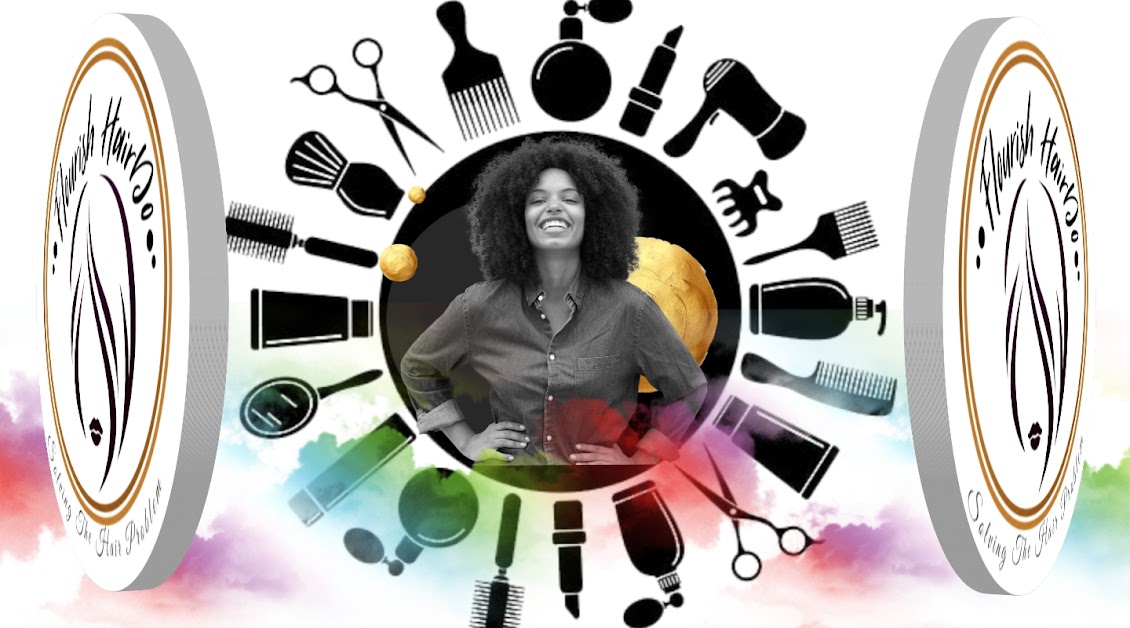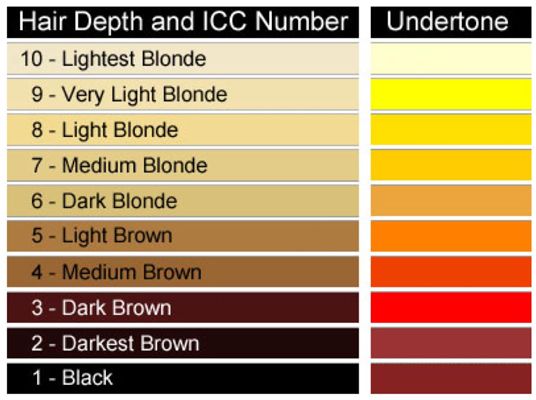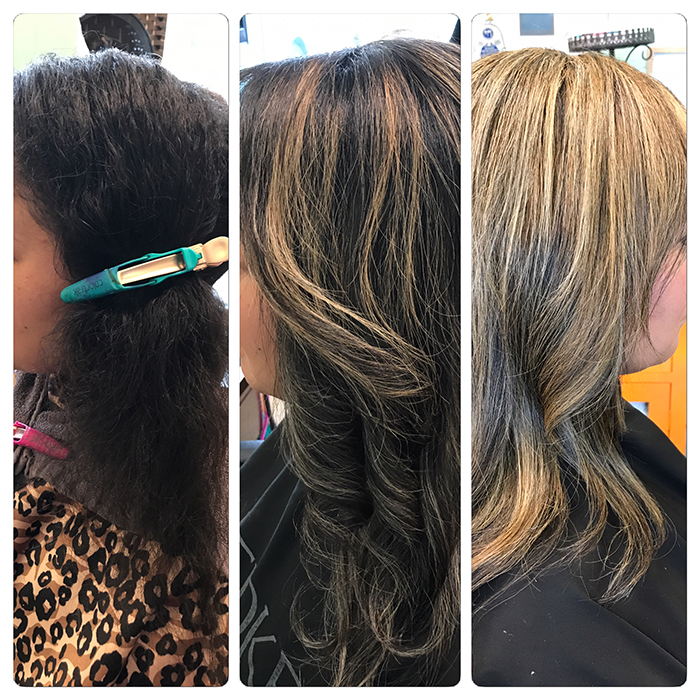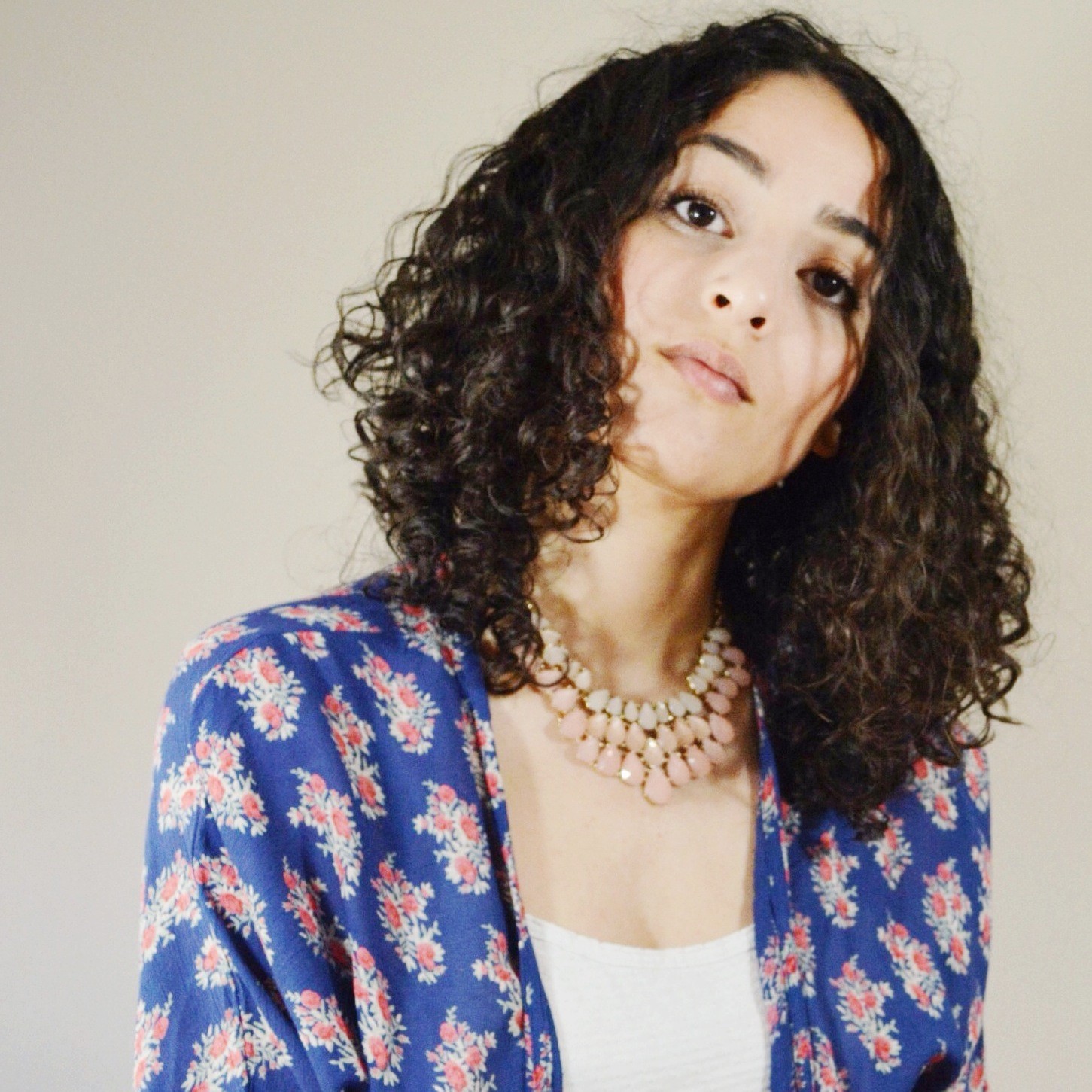PHOTO BY CITYMOMLOVES
If you have lightened your hair, you may already be familiar with the all too common orange or brassy tones that can emerge in hair that has been bleached or dyed. Here is why that
happens, and what you can do to stop it.Why does dyed or bleached hair turn brassy?
First of all, let’s try to understand a bit about what’s happening within your hair’s cortex.
Bleaching consists in lightening natural hair color. The hair is soaked with oxidizing agents that are going to dilute the melanin. When bleaching is extreme, no melanin is left which makes the hair completely white. Bleaching is fundamental for lightening natural dark hair. That’s a mandatory initial step for any woman dyeing more than two tones lighter.
At this stage, the content of melanin is low, the artificial lighter pigment can be added into the hair. But you still don’t understand where does the brassiness come from ?
Natural hair is made up of underlying pigment that contributes to the natural hair color and it is not completely taken off by the bleach.
Deserae (Stylist & Colorist) of Salon Dez in Austin, TX helps explain this process. "All hair contains melanin and melanin is responsible for the lightness or darkness of your natural hair color. The underlying pigments in darker colors are one of the reasons that hair can turn orange during a bleaching session. The deeper the pigment of the natural hair the harder the bleach has to work in order to “lift” the pigment from the hair strand...If the hair has been previously colored and you are trying to lift dye from the hair or if the natural hair is virgin brown-black to black in color, it can also turn orange due to the amount of melanin present. Also, if the bleach isn’t left to process long enough you may end up with an orange result...Often times it requires 2 to 3 bleaching sessions to safely reach the desired tone.“
The international color chart below shows the matching underlying pigment according to your hair color type.
According to the color theory, opposite colors neutralize each other.To counteract the warm tones, dyes also contain opposite tones that neutralize the underlying pigment. The opposite tone is added to finally get a neutral result.
As blue/purple tones counteract the orange ones, they are added to hair coloration products in order to neutralize the brassy underlying pigment.
When brassiness occurs it is a result of an imbalance of tones are left in the hair.
It also means that hair was not lightened enough to reach blonde. To dye hair blonde, you need to reach the yellow stage, in which most of the warm undertones have already been bleached out. The underlying pigment is not fully neutralized and brassiness is revealed.
This will make your brassiness worse
Acording to the celebrity colorist Marrie Ferro, there are two main causes for brassiness: elements that lift color from the hair, and elements that lead to buildup. Here are some examples.
Elements that lift color from the hair:
- Shampoos with sulfates
- Ocean water
- Sun exposure
- Chemical process exposing underlying pigment
Elements that lead to buildup:
- Products containing silicone or parabens
- Mineral deposits from the shower or swimming pool
- Multiple layers of dye
How can you prevent it?
The best way is to keep your hair healthy by avoiding all the elements listed above. Keep in mind that the more the hair is pourous the more challenging it is to keep the pigment inside the hair’s cortex.
It's all about toner
Deserae says, "During the coloring process you’ll likely hear the word toner used. A toner is a demi-permanent hair color that helps to neutralize unwanted brassy tones from the hair. It can also be used for glossing the hair and making blonde hair fun colors like red and purple. You’ll need to make sure and use a sulfate-free shampoo and conditioner to avoid stripping your toner from your hair and also follow up with regular toners every 6 to 8 weeks to freshen your color. If your hair becomes brassy between follow ups you can use a purple depositing shampoo...This will help to tone your hair back down until you can get back into your stylist. There are also some great new conditioning masks on the market that deposit color as well.
Blue/purple shampoo is your savior
You now understand that it’s all about neutralizing unwanted tones, right? To remove an orange brassy tone from blonde hair, you should use a blue/purple shampoo. Hair absorbs a small amount of blue/purple pigment contained in the shampoo, that lead to cancel out orange undertones. Those shampoos deposit a light blueish tint that helps counteract brassiness and keep your blonde light and bright.
How to use it
Purple shampoo is very concentrated so it can dry your hair out. Consider the condition of your hair before deciding how often you use a purple shampoo. If your hair is in a very dry or damaged state, you may want to just deal with the orange and minimize the frequency of your purple shampoo use in favor of saving your strands. If your hair is fairly healthy, then you can use purple shampoo up to once a week or every other wash. Focus your purple shampoo by applying it to the brassy zones and leave it for less than 5 minutes before rinsing out and conditioning as normal.
Other solutions
In addition of using purple shampoo and toner, you can adopt a new hair regimen that will help you keep your hair away from brassiness.
It is highly recommended to use specific color care shampoos. You can find plenty of them in high street shops. You can also mix some blue/purple food coloring with your conditioner in a weekly or monthly basis. It’s a cost-effective way to keep your hair blonde.
How do you deal with brassiness?








Wow, The blog looks great. Thanks for sharing the information with us. You can also visit hair care tips for ladies
ReplyDelete